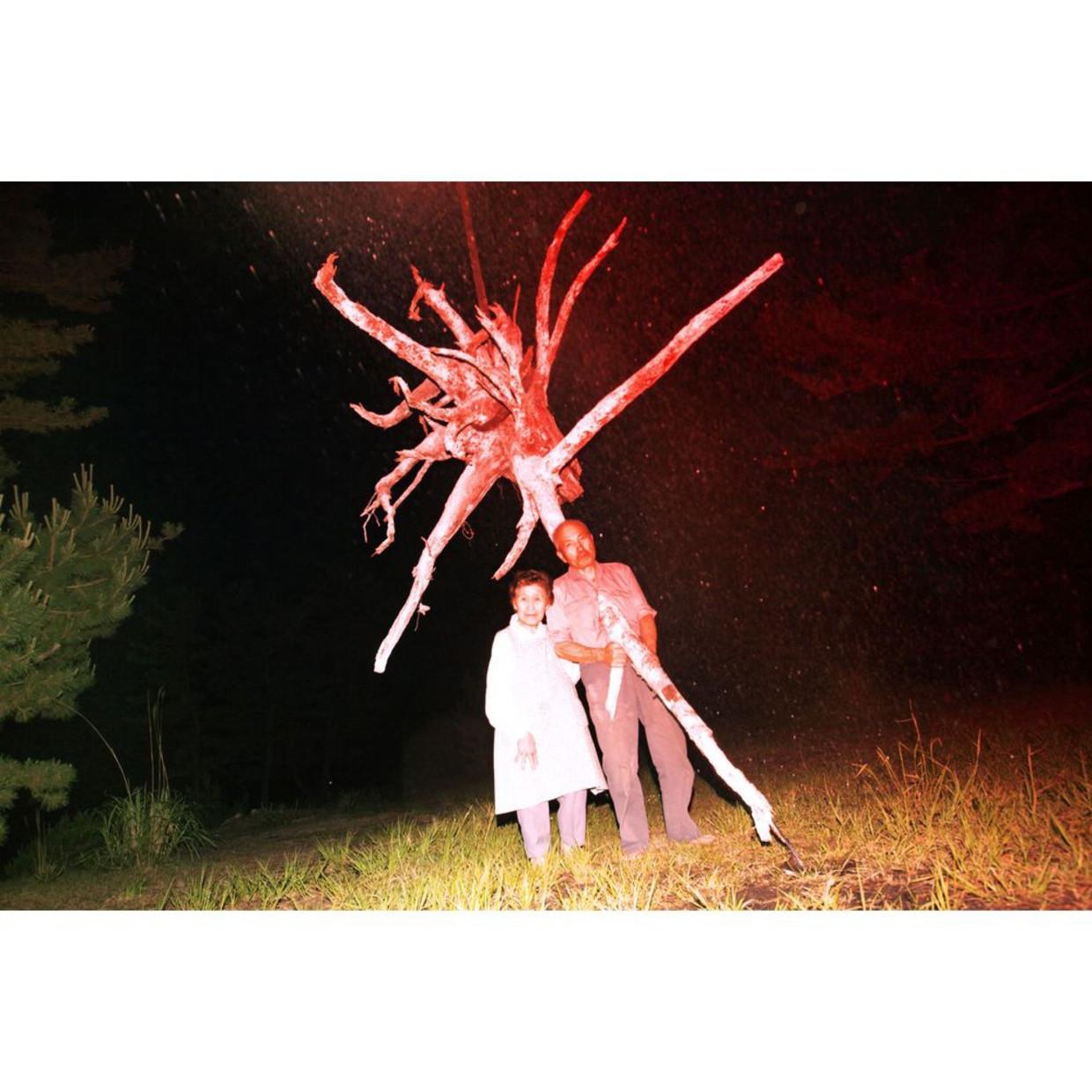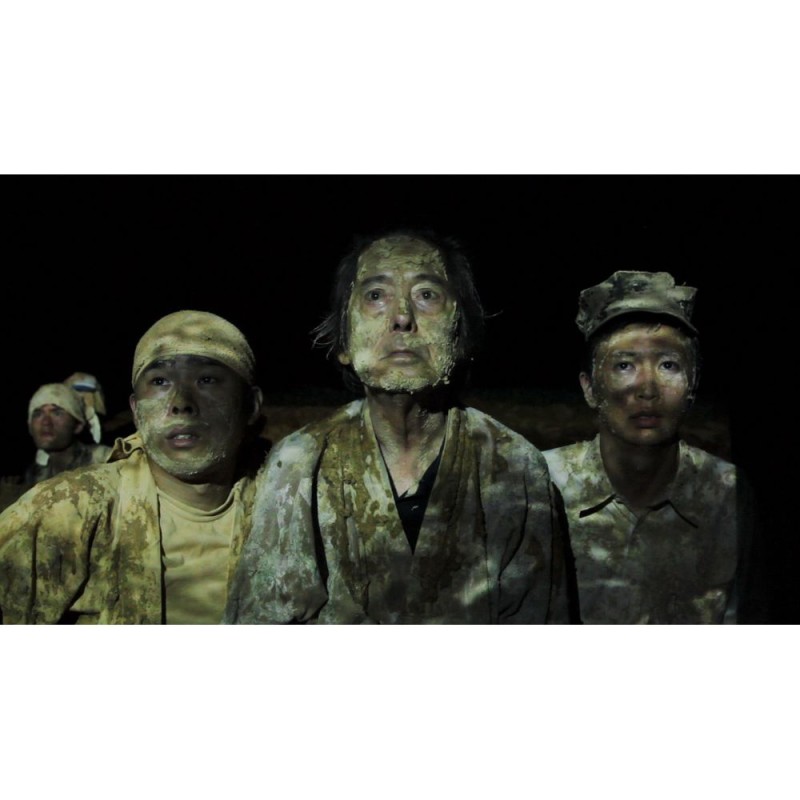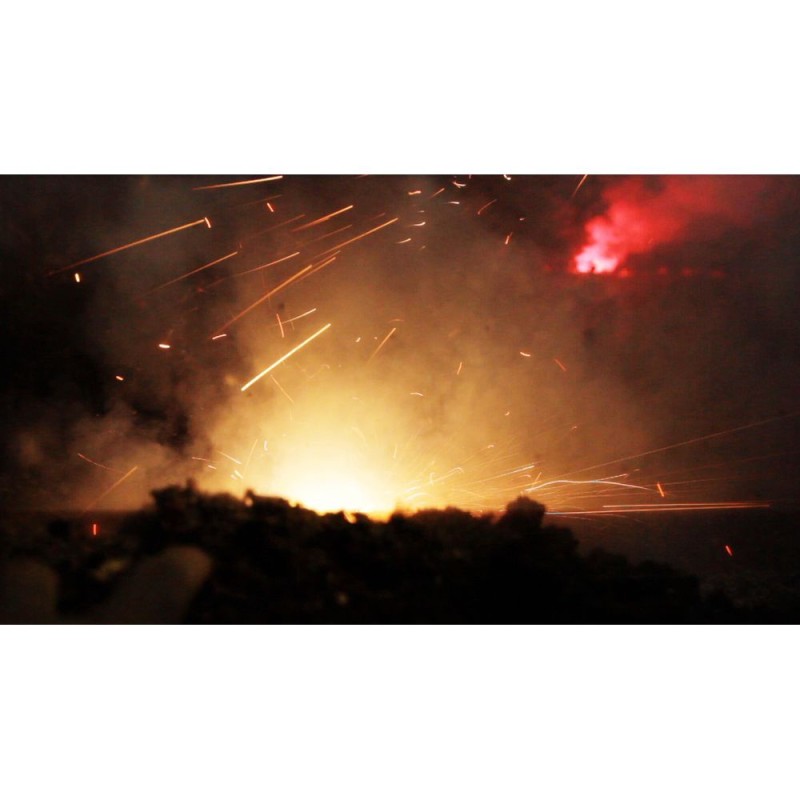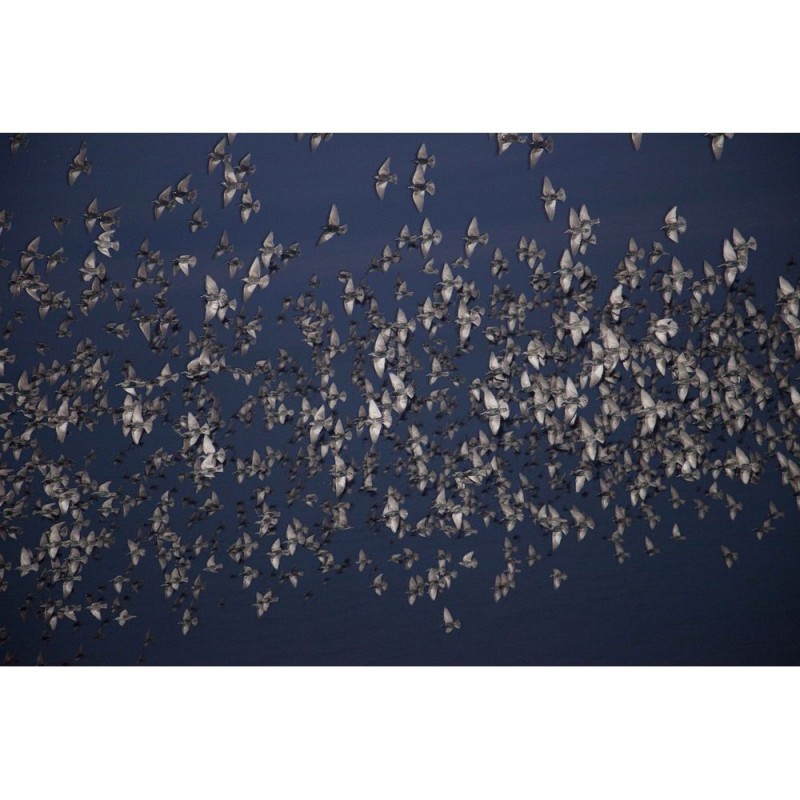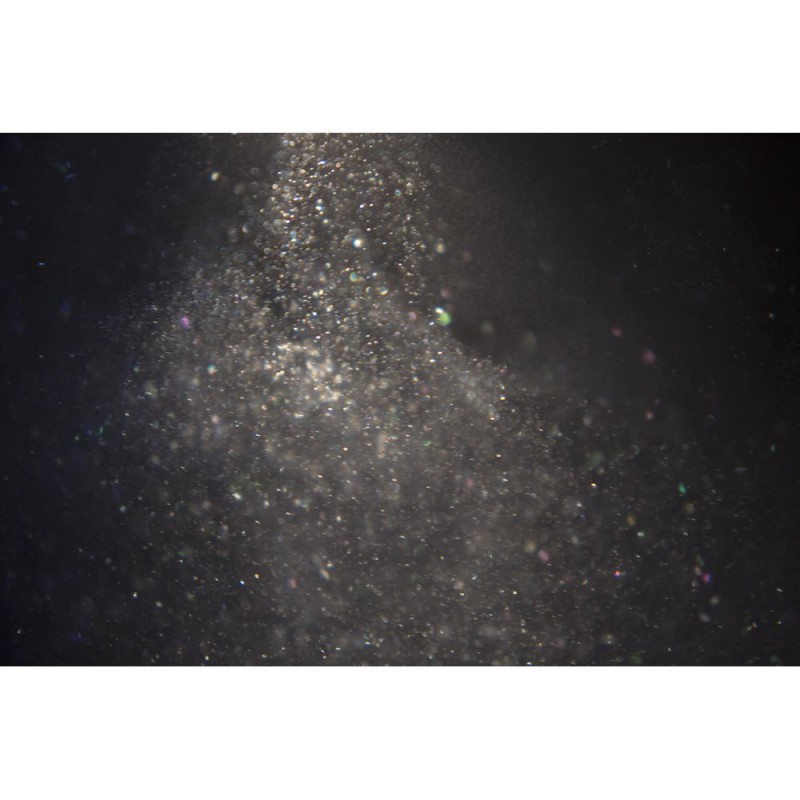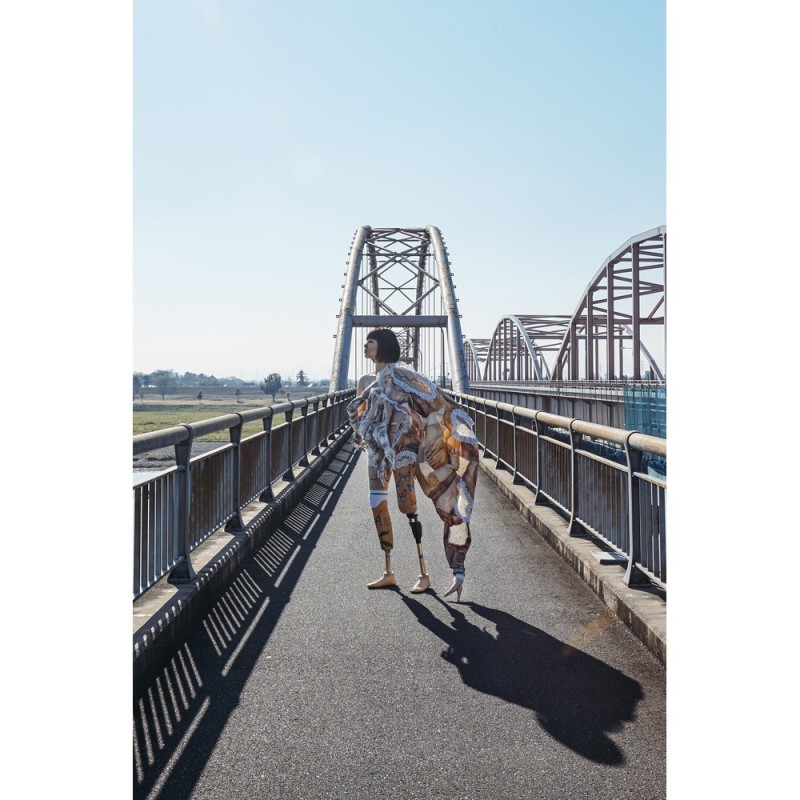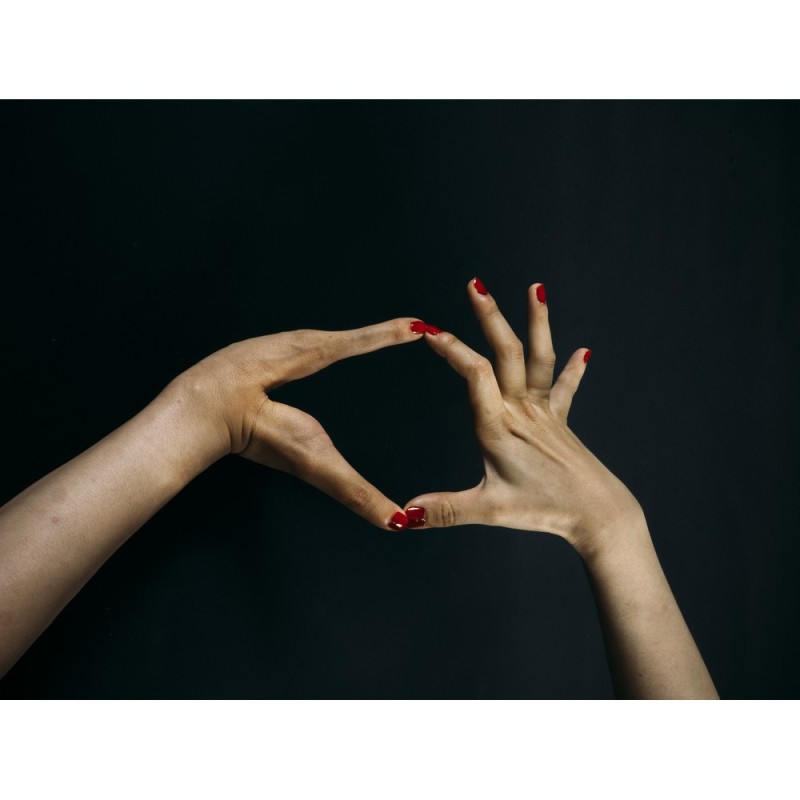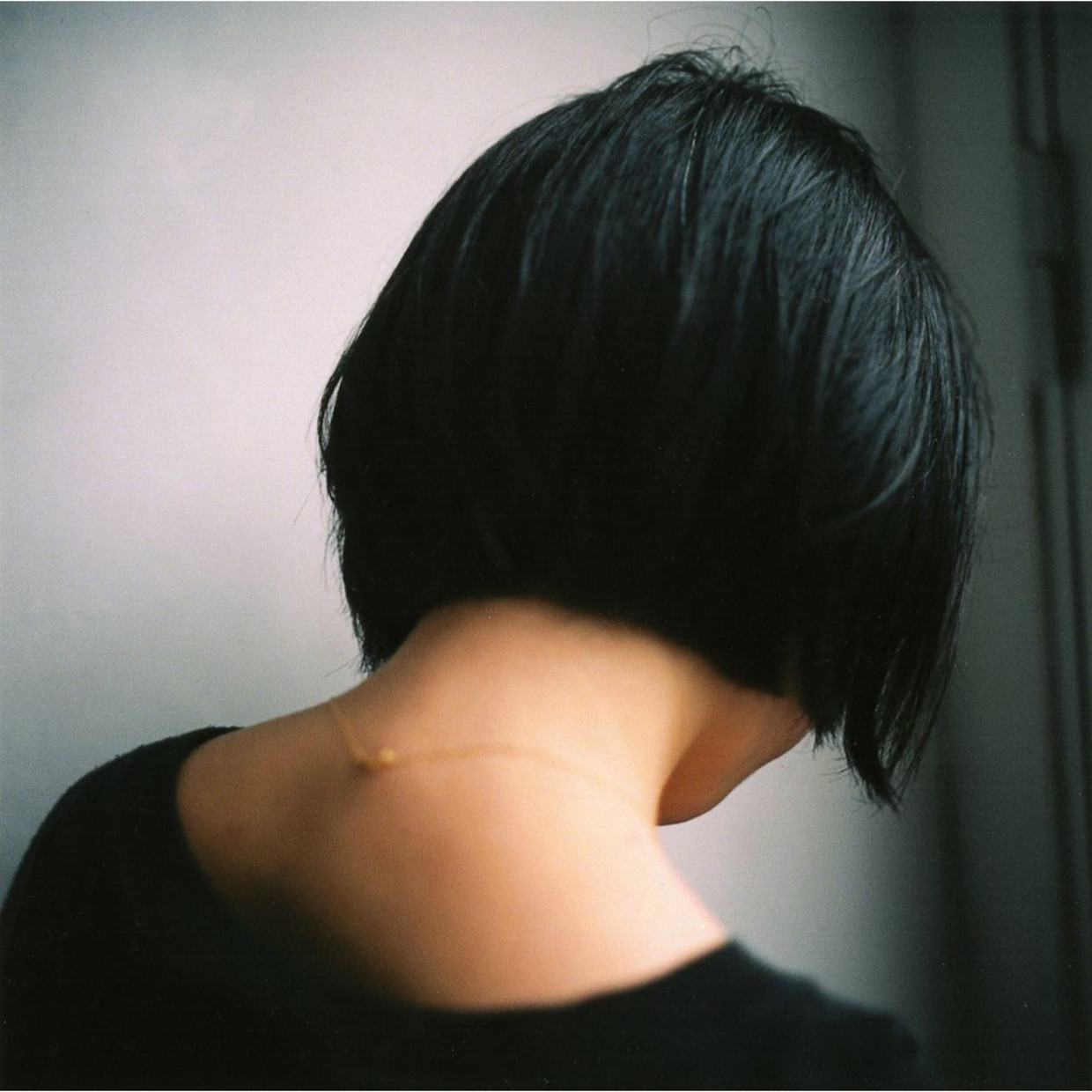Insights into a Time: Japanese Photography Now
Artists: Rinko Kawauchi, Mari Katayama, Lieko Shiga, Chikako Yamashiro
Academic Adviser:Kasahara Michiko
Curator: RongRong&inri
Rinko Kawauchi, Lieko Shiga, Chikako Yamashiro, Mari Katayama. Needless to say, all of them are the representative artists of Japan today who are in full swings of their career. From early 30s to late 40s, despite the differences in experience and age, each of them has established a unique style that cannot be mistaken for any other' s work. However, these four artists do share some common ground: as artists, they all received attention and praise at the early stage of their career. They all consciously make use of the basic function of camera: documentation, and shift it to a slightly different phase. Although each of them work from different viewpoints and interests, the origins of their photographic works have been rooted in their daily lives.Through their works, the viewpoints of certain individual resonate with those of many contemporaries, popularizes, and then, the photos they create become the images that symbolize the era. Let's come and take a look at them one by one.
Rinko Kawauchi won the 27th Kimura Ihei Photography Award in 2002,soon after she published her earliest photo series Utatane (2001) and HANABI (2001). She transfers casual moments in daily life into pictures of shifted phase. For example, a washing machine full of water, floating clouds in the sky, a flower opposite to the swaying curtain, and so on. Within her 6×6 square viewfinder, the daily scenes being magnified a little, tilted a little, and added a little more light, become images that glitter. Cui Cui (2005),a family themed series, the eyes, the ears(2005), a combination of the text and the moments of everyday life (2005).Attracted by tens of thousands of migratory birds called Starling which gather in Brighton port, UK, she created the photo series Murmation (2005) with the theme of "group", and then completed the sequel of this series - Halo (2017), the series included in this exhibition. From the migratory birds of Brighton to the local ceremony of "Da Shuhua(melon iron throwing)" in Hebei Province of China with a history of more than 300 years, and the Shintoism God greetingceremony of Izumo Taisha shrine in Japan, etc., she creates with the theme of "Nature and human" and something beyond the two. This exhibition series is unique because of the way in which Uchihara deals with this theme doesn't fall into the cliche of "small human beingsand great Nature". In "Halo",no matter how sublime the depiction of tens of thousands of birds flying in the dark night seems, and how she managed to shoot the big tree inclined in the strong wind as if rejecting the existence of human beings, there is always something seemingly subtle,yet actually calm and heavy, and closely connected with the daily human life.
Lieko Shiga's creation is more inclined to the human instead of Nature itself. She is also a photographer succeeds since her early age. Her maiden work was Lilly (2007), and her photo series Canary (2008) won the 33rd Kimura Ihei Photography Award. Lilly was created in collaboration with the residents of public housing while she studied in London. Canary was based on her interviews with people she met during her residences in Sendai(Japan) and Austria. After that, she was attracted by the pine forest near the Rias coast of Sanriku area, and moved to 'Kitakama' of Natori City, Miyagi Prefecture in November, 2008. In this village with 107 households and a sparse population of 380, she accepted the work as the local photographer to take photos for the elderly association of this community and the local events in the village. Little by little winning the trust of the villagers, she began to listen to the residents telling their stories one by one, working with the villagers and created a large number of images. Two years and four months after she moved to Kitakama, the Great East Japan Earthquake happened on March 11, 2011 swept through Kitakama, took the lives of 53 people. She took refuge in a shelter with the villagers after a hairbreadth escape from the disaster, and then lived in a temporary housing. RASEN KAIGAN is a grand epic written by Lieko Shiga and the villagers in Kitakama before and after the earthquake. With unflagging patience, she listened to and wrote down again and again the stories told in dialect by the villagers which was difficult for her to understand. She was so deeply in love with the"pine forest" that she moved in there for residence. She put her feelings and thoughts about the places around her beloved "pine forest",the history of this village and the happenings here, as well as the villagers' languages telling their live stories into her body for"cellaring"and then set out again to face the villagers and the camera. In the absurd and overwhelming land, the delicate yet tough sensibilities and thoughts are whirling ,the memories of the people and the land were depicted in the shape of spirals. A photo series drifting with overwhelming tension and disquiet.
The works by Chikako Yamashiro echo the memories of land. Her works often start from Okinawa where she was born and grew up. After graduating from Okinawa Prefectural University of Arts in 2002, her video works have received the invitations from various international art festivals and group exhibitions, such as Ebisu Film Festival (2010), 8th Asia Pacific Triennale (2016), and Aichi Triennale (2016), wining numerous international prizes. Mud Man probably can be regarded as the representative of the early works of Chikako Yamashiro. The images shot on location in Okinawa in Japan and Jeju Island in South Korea were expanded on three large screens. Okinawa of Japan and Jeju Island of South Korea are the symbols which resonate with the feelings and thoughts of people who have been living under the control of absurd national policies, bearing the history of seeking for survival with their lives exposed to crisis. Documentary images of the Okinawa war, the image of a man who bursts out of the soil with bright piercing eyes, on top of which the faces of young people are superimposed, the hands of people stretching like flower stems in a lily flower field, etc. ...In these impressive images, fiction is mixed with documentary, human voice and dance music are merged together, the existence of all the voiceless people who have been tossed about by politics, not just in Okinawa and Jeju Island, is awakening - such thrilling works she creates.
Active and shining, may be the right way to describe the present Mari Katayama. In the year of 2005, as a student, she received the Encouraging Prize of Gunma Biennale for Young Artists, and received invitations from international exhibitions such as Aichi Triennial 2013 and "Roppongi Crossing 2016". In 2019, her work was selected into Venice Biennale exhibition since when she came into the limelight of international attention. She published her photo book Gift, and received the 45th Kimura Ihei Photography Award and the 35th Higashikawa Award for The New Photographer category. She is known for the installation works created with her handmade embroidery objects and photographs. Suffering from congenital tibial hemimelia, Katayama had both her legs amputated at the age of 9. The numerous self-portrait photographs showing her wearing the prostheses decorated by herself attract the attention of viewers, however, her works are not "the art of the handicapped". Her prostheses are one of the few elements which create the form of Mari Katayama and naturally dissolve into her works . The difficulties and various thoughts and feelings that one woman living in the current world could have are quietly hidden behind the embroideries and images she creates. The beauty of complexity and ambiguity, and the obscure consciousness of sex in her works win the sympathy of the viewers.
Please enjoy, the works of delicacy and toughness created by contemporary Japanese female artists.
